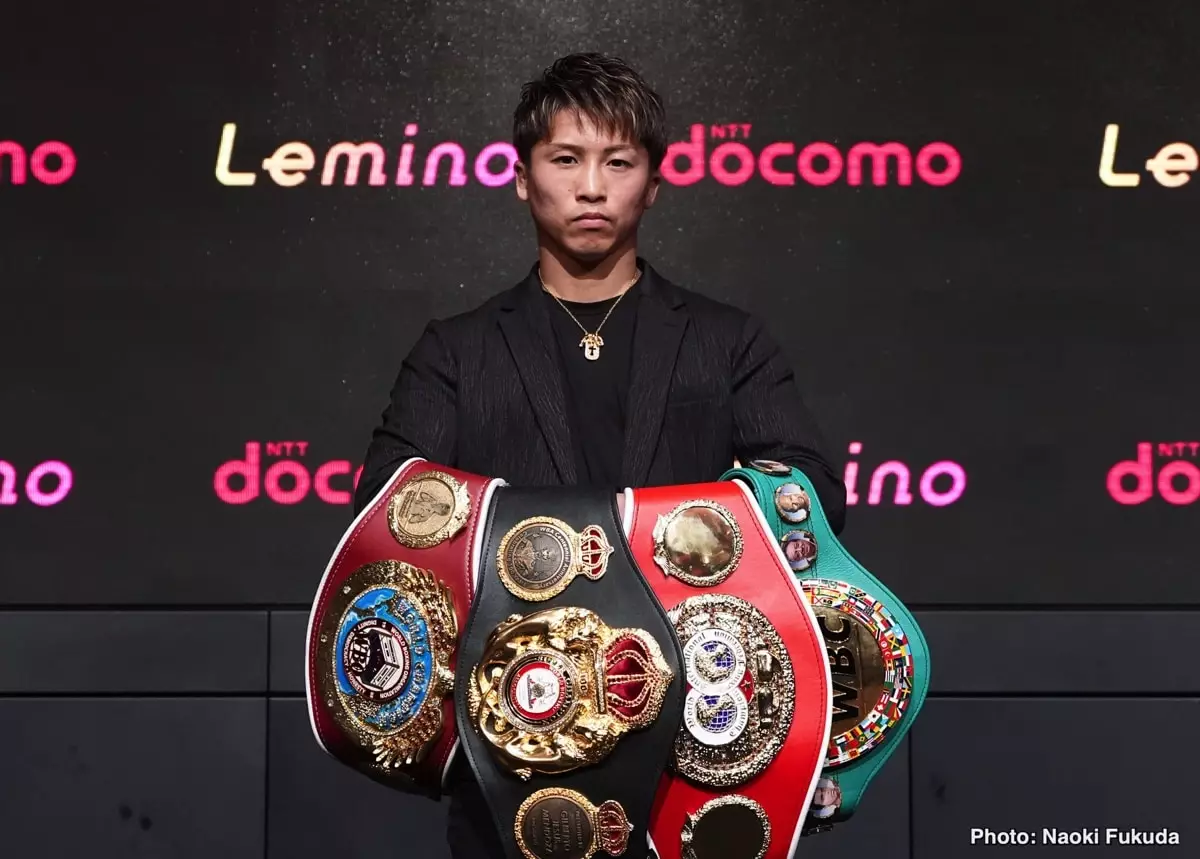Naoya Inoue, undeniably one of boxing’s most electrifying talents, has long dominated the landscape of Japanese boxing. Known affectionately as “The Monster,” this unified super-bantamweight champion has captivated audiences in Japan with his incredible skills and fierce knockout power. With crowds of nearly 50,000 fans witnessing his electrifying performances, it’s clear why he has chosen to fight primarily in his home country throughout his career. The overwhelming support he receives at home translates into not just attendance, but also a palpable energy that propels him to his best performances.
The American Challenge
However, as Inoue prepares for his next bout in Las Vegas against Ramon Cardenas, slated for May 4 at T-Mobile Arena, the situation is vastly different. Reports indicate that ticket sales have been disappointingly low, raising eyebrows and sparking disappointment among his supporters and promoters alike. The news, conveyed by boxing promoter Rick Glaser, suggests that the response to Inoue’s U.S. comeback has been underwhelming, leading to a flurry of speculation about the reasons behind this lukewarm reception.
Is it a reflection of broader economic challenges affecting sports attendance? With the rising costs of living and discretionary spending in flux, potential American fans might be hesitant to invest in high-priced tickets. Alternatively, is it the fact that Cardenas, despite his impressive record of 26 wins, has yet to generate significant buzz that could elevate the anticipation for this clash? Whatever the reason may be, the silence surrounding ticket sales is deafening, especially given Inoue’s status as one of the best pound-for-pound boxers globally.
The Dilemma of Promotion
The promotional dynamics at play through Top Rank further complicate this situation. Champions like Inoue deserve the spotlight but seem to be struggling to penetrate the U.S. boxing market in a way that matches their talents. With Top Rank’s recent difficulties in attracting crowds for marquee events, one must question the strategies being employed to elevate fighters who are already stars but require a different kind of marketing finesse to resonate with American audiences.
Another factor to consider is the diminishing allure of boxing in a saturated sports landscape where mixed martial arts and other forms of entertainment vie for audience attention. Inoue’s reluctance to leave Japan is now more understandable, as his home turf guarantees strong financial backing and fanfare. His prior experiences fighting in near-empty venues could taint the excitement that comes with such a high-caliber athlete.
Future Implications
As fight night approaches, there remains the lingering hope for a surge in ticket sales. A sudden interest could still breathe life into the event. However, if ticket sales do remain dismally low, it might compel Inoue to reconsider future bouts in America. The implications extend beyond the fight itself; they touch on the future of how international boxing stars are marketed in new terrains and challenge the mainstream perception of boxing in America. Will Naoya Inoue’s journey serve as a case study for other fighters attempting to bridge the gap between international fame and domestic appeal? Only time will tell.

